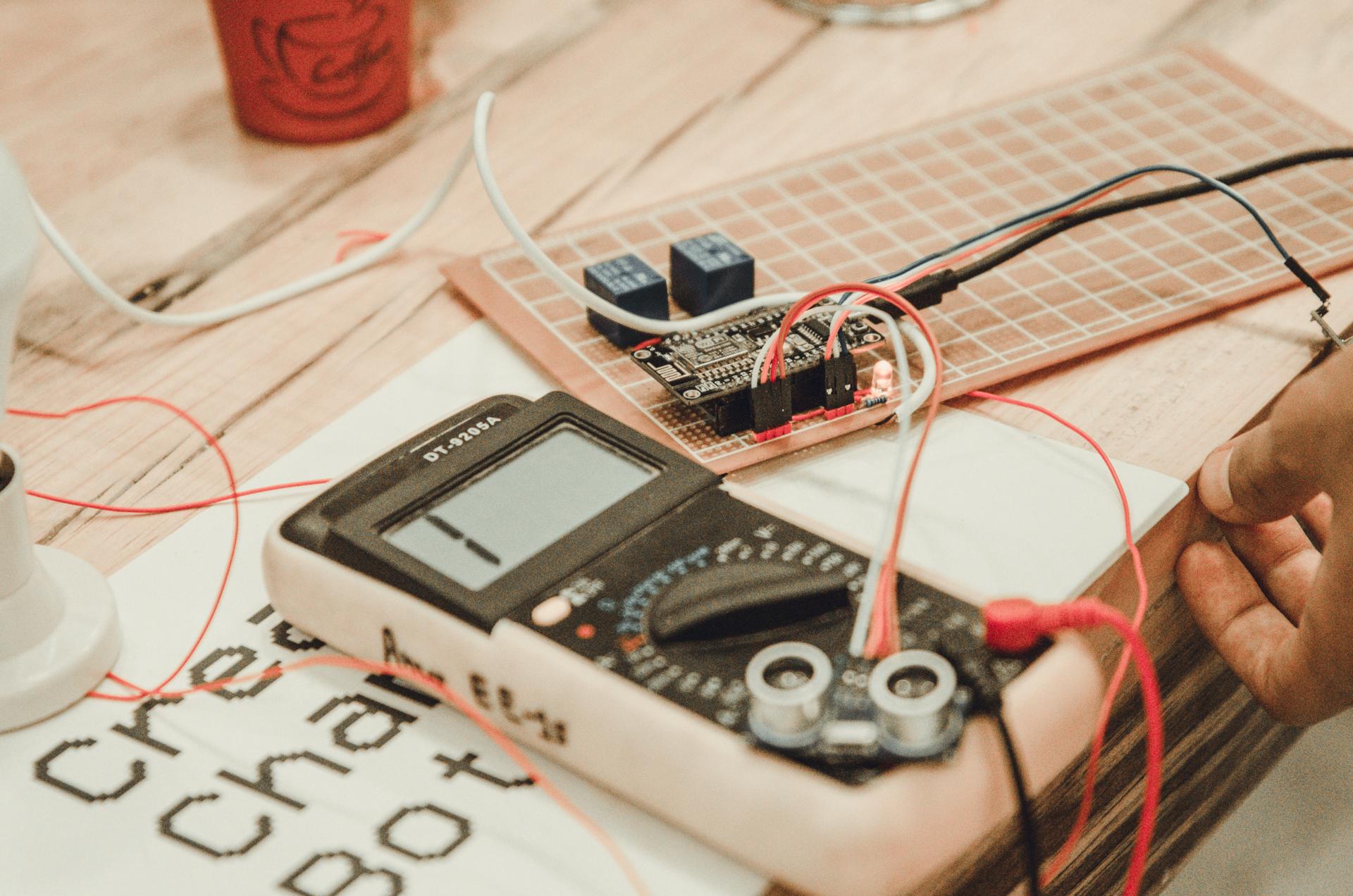Never Risk Your Safety: Follow These Steps to Conduct an Electrical Safety Test at Your Place.

In the realm of home safety one of the most crucial aspects to be considered is electrical safety. Testing for electrical safety is the process of evaluating the electrical system of your home to be sure that it’s safe and current. In this article we’ll give you an overview of what the electrical safety tests are, what equipment you’ll need in order to carry them out, the best method to perform the tests, and the warning signs to be on the lookout for.
What is the definition of an Electrical Safety Test?
An electrical safety test is the procedure of examining the electrical system within your home to ensure that it’s functioning safely and properly. The importance of electrical safety tests is as they can avoid electrical fires and accidents as well as ensure the durability of your electrical system.
Tools Required to conduct an electrical Safety Test
In order to conduct an electrical safety check, you’ll require a few basic tools. These include the voltage tester, a continuity tester, a circuit tester, along with the outlet tester. It is utilized to check for live circuits, whereas the continuity tester is used to check for broken circuits. Circuit testers are used to look for wiring issues as well as the outlet tester is used to detect wiring issues at the outlets. It’s important to use these devices correctly to get precise results.
How do I Conduct an Electrical Safety Test
To conduct an electrical safety test inside your home take these steps:
Turn off the power to the circuit you’re trying to test.
Make use of the voltage tester to test for live circuits.
Make use of the continuity tester to test for broken circuits.
Use the circuit tester to check for electrical faults.
Utilize the tester for outlets to check for wiring problems within the outlets.
During the process of testing, be sure to look for signs of damage or wear on the wires, such as damaged or frayed wires, burn marks as well as loose or damaged connections. If you spot any problems you need to fix them as quickly as you can to prevent potential hazards.
The Signs of Electrical Issues to Look Out For
There are a variety of warning signs that could signal electrical problems in your house. They include flickering light bulbs and frequent circuit breaker trips noises that crackle or buzz emanating from outlets. They also include the appearance of outlets that are discolored or hot as well as a burning smell. If you notice any of these signs, it’s important to act immediately to prevent any electrical dangers.
Conclusion
Safety tests for electrical appliances are essential for ensuring the safety of your home and your family. By conducting regular tests and addressing any issues promptly you will be able to prevent electrical hazards and extend the lifespan of your electrical system. If you need assistance with electrical testing and repairs Don’t hesitate to reach out to Local Electrician Randwick. Our experienced team can give you professional guidance and assistance. Contact us at 1300 610 481 to schedule an appointment or request a quote.
FAQ Section
How often should I perform an electrical safety check in my home?
We suggest conducting safety tests for electrical equipment at least once per year.
Can I perform an electrical safety test on my own , or do I need a professional?
Although it’s possible to conduct the electrical test yourself, it’s recommended to hire an expert to guarantee accurate results and to avoid any potential dangers.
Which are the top common electrical issues that are discovered in an electrical safety test?
The most frequently-repeated electrical issues discovered during a safety check include defective wiring, circuits that are overloaded and outdated electrical systems.
What should I do if find an issue during the electrical safety check?
If you discover a problem during the electrical safety test It is crucial to act immediately. This may include calling an experienced electrician to address the issue or replacing damaged equipment.
